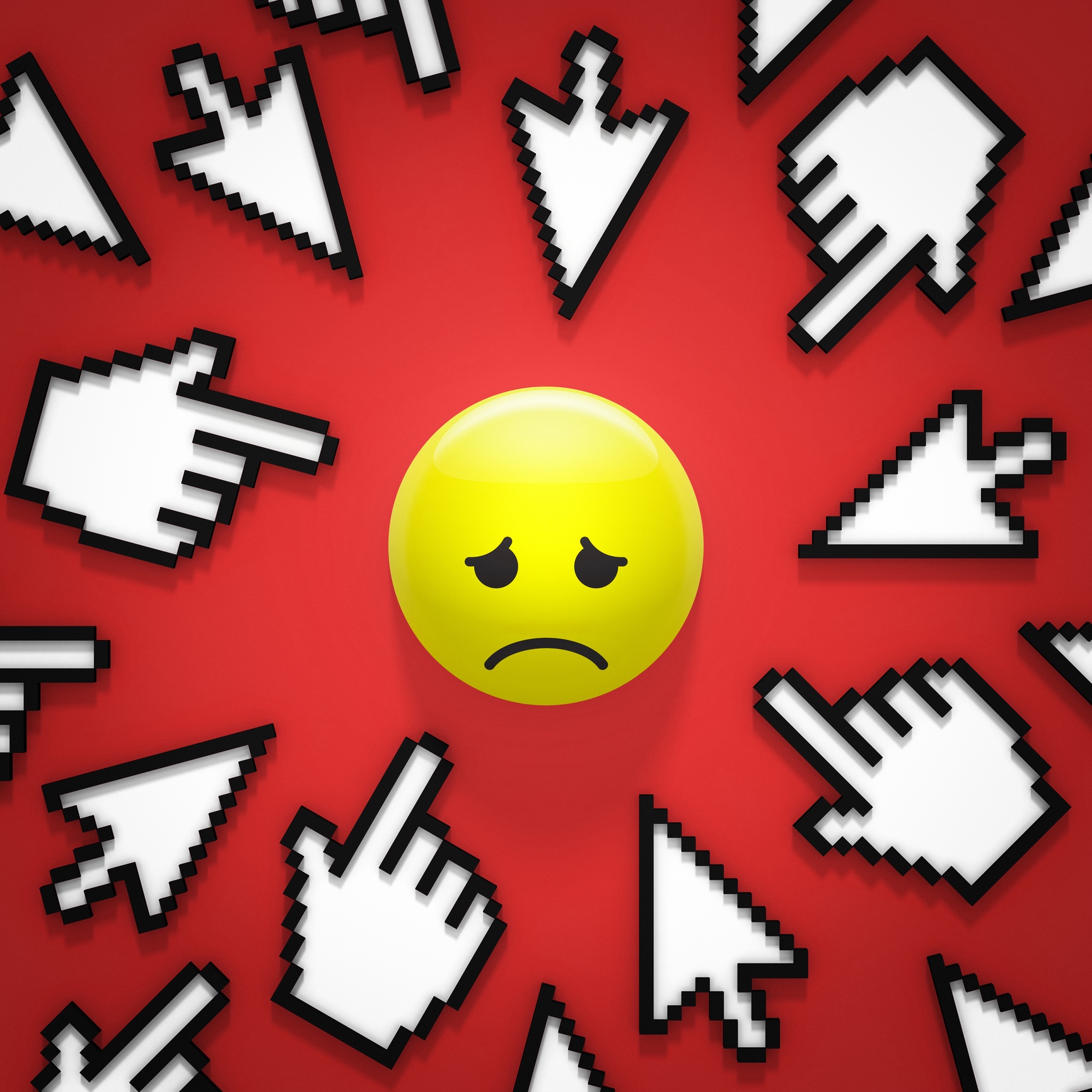 According to the Urban Institute, 25 percent of teens have been abused or harassed through technology. Half of all teens who experience online bullying are also physically abused, making them at a higher risk for pregnancy and STIs than other teens. And unfortunately, only about 9 percent of the abused teens actually reach out and seek help from a teacher, parent or other adult. We have to change this statistic, because as these young people become adults, it gets even harder to deal with abuse.
According to the Urban Institute, 25 percent of teens have been abused or harassed through technology. Half of all teens who experience online bullying are also physically abused, making them at a higher risk for pregnancy and STIs than other teens. And unfortunately, only about 9 percent of the abused teens actually reach out and seek help from a teacher, parent or other adult. We have to change this statistic, because as these young people become adults, it gets even harder to deal with abuse.
What Is Online Bullying?
Abuse is defined as the "cruel and violent treatment of a person." How does this translate into online bullying? It's when the technologies we have, such as texting or social networking, are used to bully or harass someone. It's a kind of verbal abuse, but uses technology as the medium. Here are some examples of online bullying:
Your partner tells you who you can or can't be friends with on Facebook. Your partner sends you negative or threatening emails or text messages. Someone uses technology to keep tabs on you. Someone steals your passwords or insists that you give the password to them. Your partner constantly texts you and gets mad when you don't answer right away. Your partner goes through your phone or checks up on you through your pictures and calls. Someone treats you unkindly in pictures on social networking. Someone sends you unwanted, explicit pictures.
Anyone can be abused digitally, men and women, boys and girls. It doesn't have to be the traditional male/female relationship. Many teens who are LGBT+ experience online bullying by another person. Men abuse women, and women abuse men. Gender is not the issue. It's about control and jealousy, which do not have a place in a healthy relationship. Know the warning signs of abuse and recognize a bad relationship before you get too entangled to get out easily.
Creating a Healthy Relationship
In a healthy relationship, you are allowed to set boundaries in your communication and your partner should respect those boundaries. You can keep your passwords private. You don't have to send pictures to someone if it makes you uncomfortable. It's okay to put your phone on silent or turn it off when you're with your friends and family. You do not have be available to your boyfriend or girlfriend 24 hours a day.
You should remember that once you put something online or send it electronically, you lose control over that information. If you are sending a nude picture of yourself, it could be forwarded to everyone and you cannot stop it. Many teenagers do not realize the effect one picture could have on their life.
February is Teen Dating Violence Awareness Month. Loveisrespect.org and thatsnotcool.com are websites dedicated to helping teens create healthy relationships and boundaries and to avoid abuse. We have to talk about this with our sons and daughters, but this dialogue can take place outside of families and schools. Faith-based teen groups should be discussing healthy boundaries with technology when they're talking about healthy boundaries in other parts of the relationship.
What to Do if Your Relationship Is Abusive
If you're in an abusive relationship, you will probably need help to get free and to stay safe. There are many resources to help you assess the situation and get help. It may be enough to talk about your relationship expectations with your partner to set good boundaries. However, it's also possible that the other person could become physically abusive when you try to set boundaries.
If your friend is in an abusive relationship, you can be there to listen and be supportive, but you can't force them to leave an unhealthy, abusive relationship. Know the resources in your community, and be ready to intervene when they are ready.



